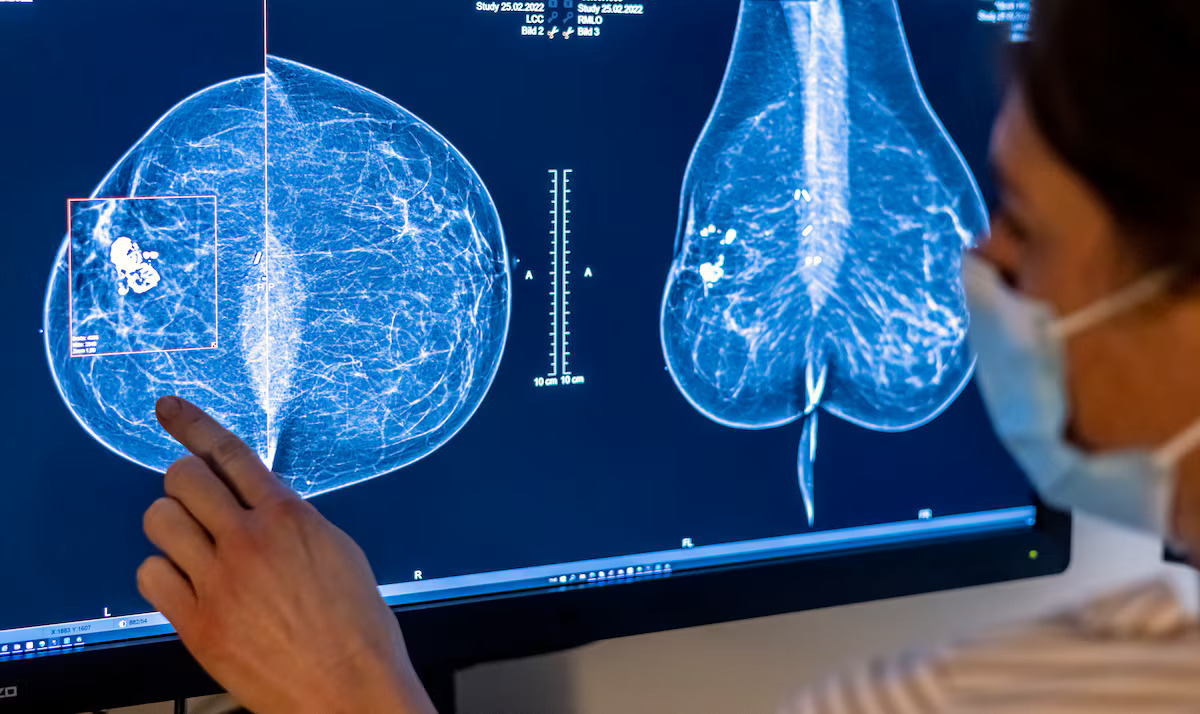In a significant move to improve breast cancer screening accessibility, Ontario has announced that women aged 40 and above can now self-refer for mammograms. This change follows a broader trend across Canada to make screenings available to younger populations, allowing women greater autonomy in managing their health.
Policy Change and Implementation
Ontario Health Minister Sylvia Jones revealed this policy shift last fall, emphasizing the importance of reducing barriers for women seeking screening. Previously, women aged 40 to 49 required a doctor’s referral to access mammograms. Women aged 50 to 74, however, have already been receiving invitations for routine screenings every two years.
An online platform launched on Tuesday enables women to locate the nearest Ontario Breast Screening Program site by entering their postal code, check local waiting times, and schedule their appointments directly.
“It’s great that we’re seeing barriers removed for women,” said Anna Wilkinson, a general-practitioner oncologist at The Ottawa Hospital and advocate for this policy change. “Women are going to have more autonomy in their choices. If they want to book for a mammogram, they can.”
Screening Guidelines and Expert Opinions
The question of when to initiate screening mammograms has been a contentious issue in Canada for years. While breast cancer risk increases with age, proponents of early screening argue that the prevalence of breast cancer in women aged 40 to 49 justifies the potential downsides, such as unnecessary biopsies and anxiety from false positives.
In May, the Canadian Task Force on Preventive Health Care released new guidelines that maintained the proactive screening age at 50, contrary to a similar U.S. recommendation that lowered it to 40. However, the Canadian panel acknowledged that women in their 40s should have access to mammograms, ideally after discussing the associated risks and benefits with a healthcare provider.
Currently, several provinces—including British Columbia, Nova Scotia, Prince Edward Island, New Brunswick, and Yukon—allow self-referral for mammograms starting at age 40. Alberta and the Northwest Territories permit self-referral beginning at age 45. Saskatchewan plans to lower its age threshold to 47 in January, while Manitoba aims to set it at 45 by December 2025. Newfoundland and Labrador have also committed to lowering the age, with a timeline yet to be announced. Quebec is currently reviewing its policy.
Expected Impact of the New Policy
Ontario performs approximately 700,000 screening mammograms annually. According to Judy Linton, Ontario Health’s executive vice president for clinical institutes and quality programs, the expansion of self-referral eligibility is projected to increase the number of screening mammograms by an additional 177,000 each year. This is expected to result in 30,000 more ultrasounds, 28,000 additional diagnostic mammograms, and about 5,500 extra tissue biopsies. The program anticipates detecting 845 more cancer cases annually as a result.
While Ontario encourages women under 50 to consult their doctors regarding screening, those without a family doctor can call 811 for health advice from a registered nurse.
“Screening is not without risk,” Linton cautioned, noting the likelihood of false positives, estimated to be around 500.
Advocacy and Concerns
Jennie Dale, executive director of Dense Breasts Canada, expressed her enthusiasm for Ontario’s policy change but raised concerns about the requirement for women to consult a doctor before scheduling a mammogram. She fears this could create barriers to access, particularly as the expert panel recommends delaying routine mammograms for average-risk women until age 50.
The recent changes in Ontario’s breast cancer screening policies mark a significant step toward improving healthcare access for women, providing them with more control over their health decisions while still emphasizing the importance of informed discussions with healthcare professionals.
